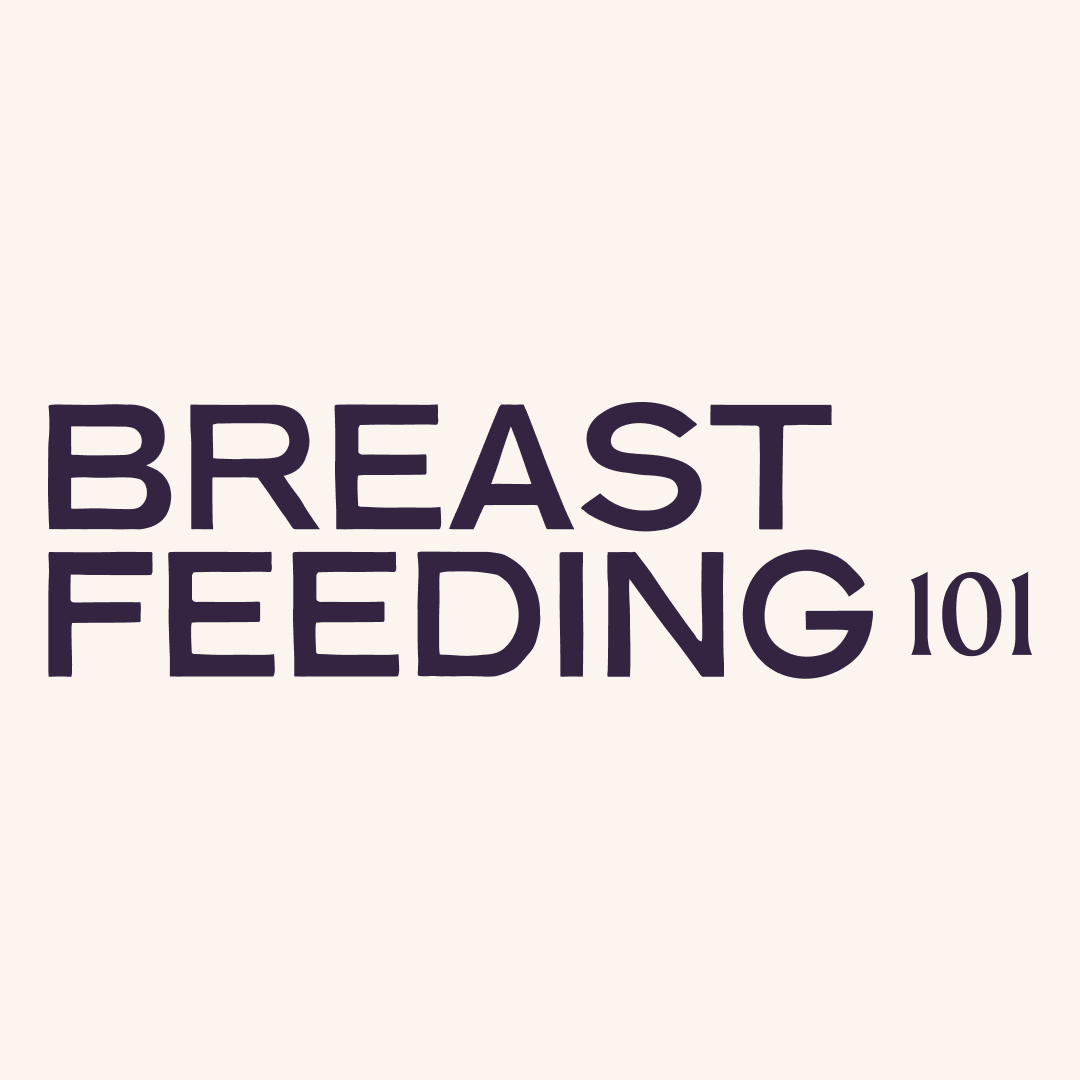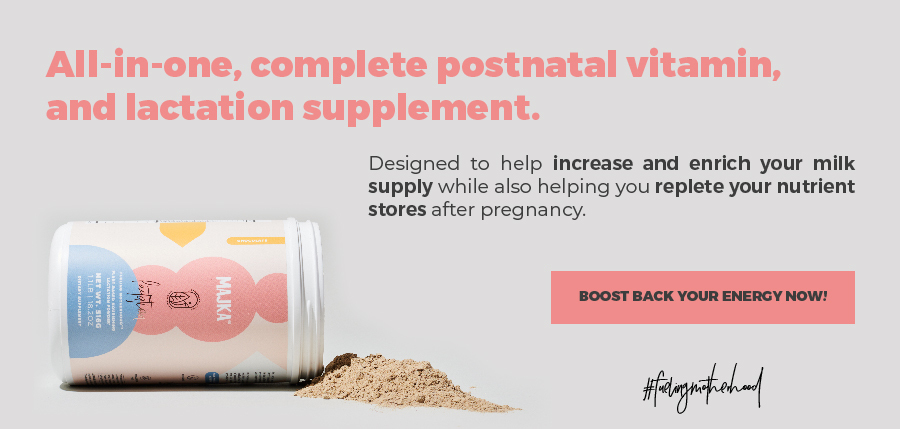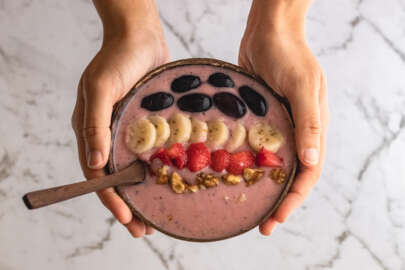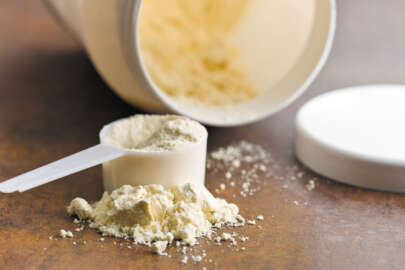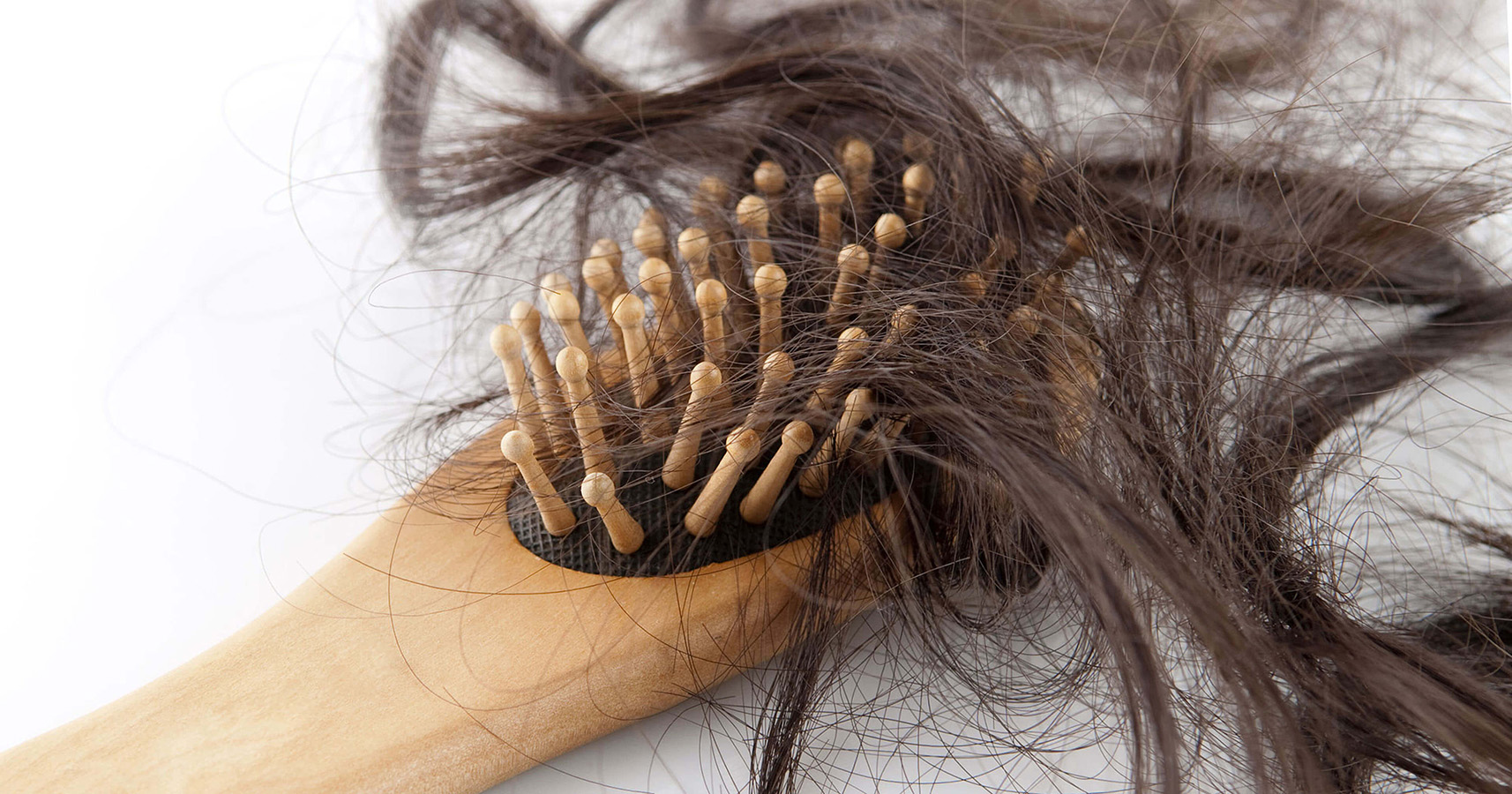
Some moms may experience noticeable hair loss a few months after their baby is born. If you notice this on you, don´t worry, first of all we like to tell you that this is normal and the great news is that it is not a real hair loss, it is a temporary condition that dermatologists call excessive hair shedding, which is caused by falling estrogen levels.
If you are experiencing this, you may worry when you see a lot of your hair falling off, but this is actually a sign that your hormones are working well! as we will see next.
What causes hair loss?
Some people think that breastfeeding is the cause of hair loss but this is not true.
During pregnancy, you experience hormone changes that affect your hair cycle. It can make your hair grow; you may even notice your hair looking fuller while expecting your baby.
After your baby is born, your hormones return to their usual levels and estrogen levels fall, which causes your hair cycle to go back to what it was before your pregnancy. But, since moms shed less hair during pregnancy there is more to shed as estrogen levels decrease, which makes it look like you are losing hair ( the sudden shift may make your hair appear thinner) but you are just shedding the hair that you didn’t have while you were pregnant.
*If your hair keeps shedding after one year (or if you just want to be sure that everything is working fine) we recommend you to go see your dermatologist so you can get an accurate diagnosis and proper treatment if needed.
What can I do if I’m experiencing hair loss?
Most moms that experience excessive hair shedding after birth have their hair return to its pregnancy state in about a year, some may take less time!
Even so, we understand that you may not like this condition, so we would like to share some options that you can do in that case:
You can make your hair appear thicker and fuller by using a volumizing shampoo and conditioner formulated for fine hair (they will not weigh your hair down as others do), while applying conditioner do it only to the ends of your hair (using it all over can weigh your hair down).
* The links are a suggestion on ones that have great reviews, but you can always find the ones that you like and work best for you.
For this matter, you may also want to avoid: tight hairstyles, vigorous brushing, the use of rollers and the excess use of heat to your hair such as the hot setting of your hair dryer.
There are also some hairstyles that can make your hair appear thicker and fuller, ask your go-to hairdresser to find the one that you like best.
Is there something I should eat to avoid Hair Loss?
As we mentioned, hair loss or excessive hair shedding, is a common thing after the birth of your baby; but it is also important to mention that if you are experiencing any nutritional deficiency, it may impact your hair structure and growth.
Having a balanced diet based on plenty of vegetables and fruits may help you not only to avoid some hair loss but also to encourage growth.
We understand that when you have a baby your attention is directed on being a mom and all the changes it brings to your life, so you may not have the time to focus on having a balanced diet; the good news is that at these days there are tons of supplements made for this needs that you can get, the brand Majka for example, has a postpartum hair recovery dietary supplement that has gotten great reviews from moms that have used it.
* Supplements can’t replicate all of the nutrients and benefits of whole foods, they do not replace food.
Does hair loss affect my baby?
Since hair loss is a normal condition after birth, you can feel calm and relaxed about the fact that it isn’t any sign that indicates something being wrong, so you can go ahead to continue enjoying breastfeeding and bonding with your baby on a regular basis.
Hair tourniquet
On antoher side, we do recommend you to be aware of any hair tourniquet (when a strand of hair falls out and wraps around your baby’s toe, finger, or other body part) since a single strand can wrap really tight and affect circulation or cause an infection.
The ads of this happening are very unlikely but it’s always useful to know what to do in case it does happen. If you see a hair wrapped around your baby, you must remove it. You can do this by unwinding the hair or by cutting it with a small knife or scissors; if you are not able to do this it is important to ask your doctor for help.
In Breastfeeding 101 we love sharing this information concerning postpartum hair loss, especially so you can feel confident that this is a normal and common condition that for the most does not affect you or your baby.
We hope this information has helped you to learn more about the changes in your body while having a baby and that it has been helpful for you to pass through this change with ease.
We always recommend you to ask your health care provider for any concern that you may have about the changes that your body has when you become a mom so you can feel safe, confident and be able to just enjoy this beautiful experience. We also invite you to follow our content for more topics regarding becoming a mom.
If you would like to get more information on the topic of hair loss, we share with you some sources that may this article possible:
A guide to eating a balanced diet I MedicalNewsToday
Diet and hair loss: effects of nutrient deficiency and supplement use I National Library of Medicine
Does breastfeeding cause hair loss? I MedicalNewsToday
Hair loss in new moms I American Academy of Dermatology Association
Supplements: Nutrition in a pill? I Mayo Clinic
Tattoos, beauty treatments and breastfeeding I Australian Breastfeeding Association
Breastfeeding 101


